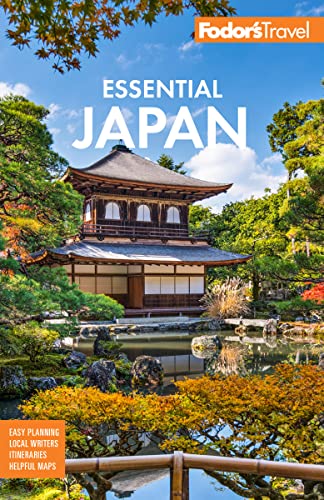Onsen: Japanese Hot Spring Spas
While earthquakes are an annoying, everyday fact of life in Japan, they also provide one of the country's greatest delights: thermal baths. Wherever there are volcanic mountains—and there are a lot—you're sure to find springs of hot water, called onsen, which are rich in all sorts of restorative minerals. Any place where lots of spas have tapped these sources is an onsen chiiki (hot-springs resort area). The Izu Peninsula is particularly rich in onsen. It has, in fact, one-fifth of the 2,300-odd officially recognized hot springs in Japan.
Spas take many forms, but the ne plus ultra is that small secluded Japanese mountain inn with a rotemburo (an open-air mineral-spring pool). For guests only, these pools are usually in a screened-off nook with a panoramic view. A room in one of these inns on a weekend or in high season should be booked months in advance. (High season is late December to early January, late April to early May, the second and third weeks of August, and the second and third weeks of October.) More typical is the large resort hotel, geared mainly to groups, with one or more large indoor mineral baths of its own. Where whole towns and villages have developed to exploit a local supply of hot water, there will be several of these large hotels, an assortment of smaller inns, and probably a few modest public bathhouses, with no accommodations, where you just pay an entrance fee for a soak of whatever length you wish.




